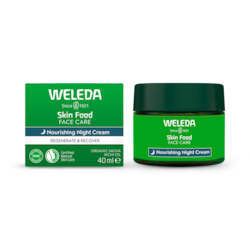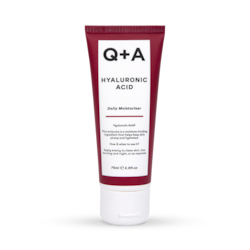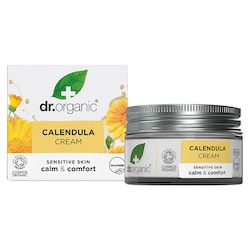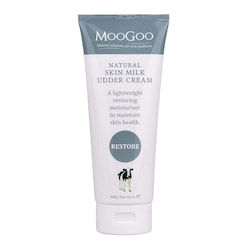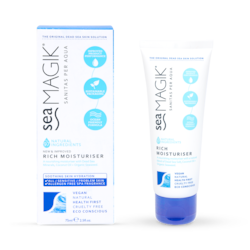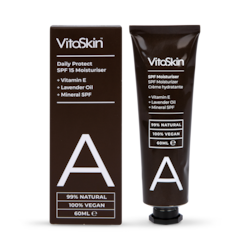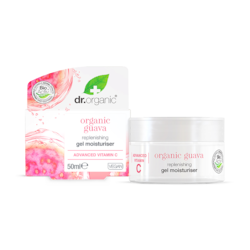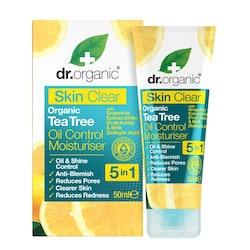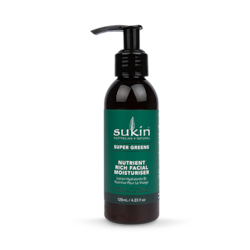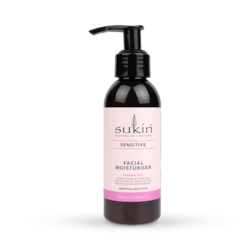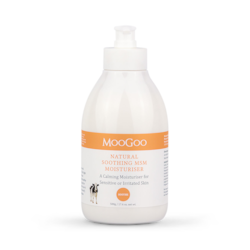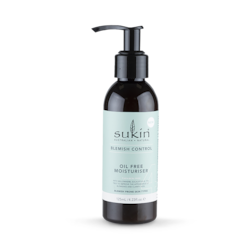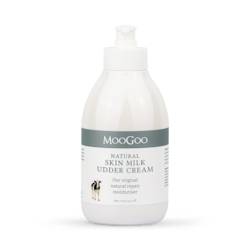15% off £30 OR 20% off £40
Face Moisturiser
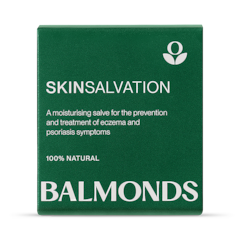

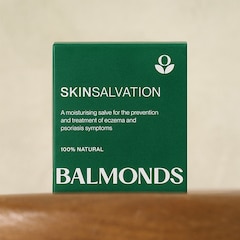
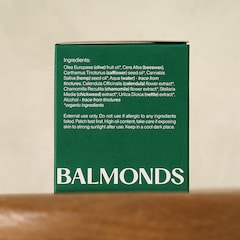
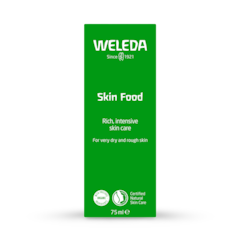
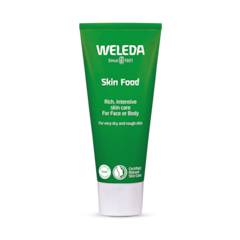
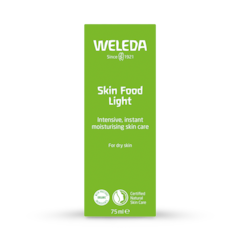
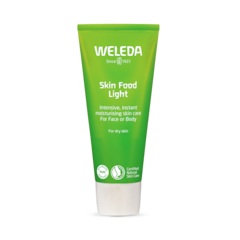
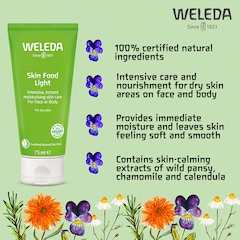
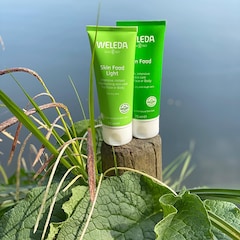
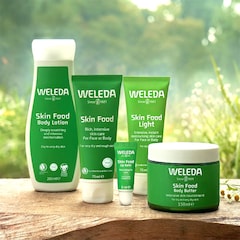
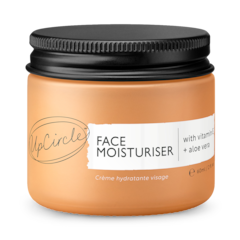

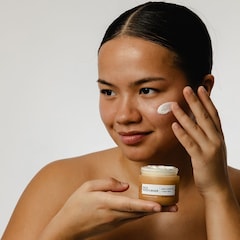
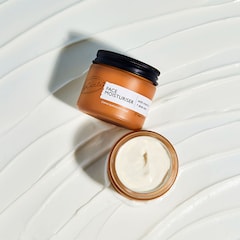

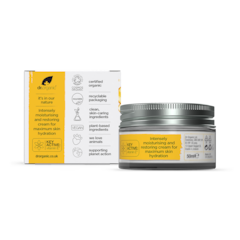
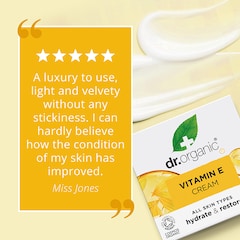
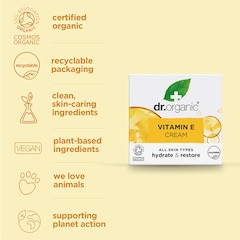
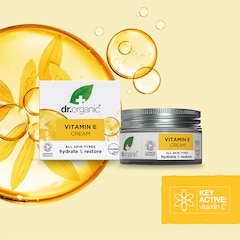
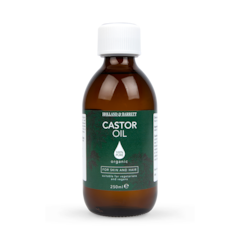
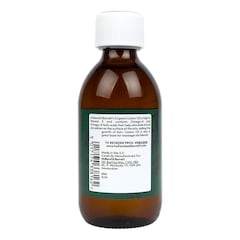

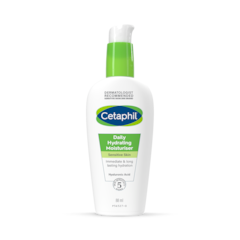
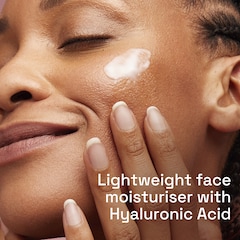
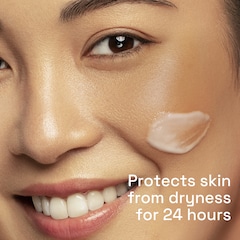
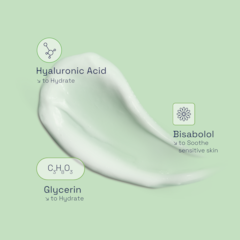
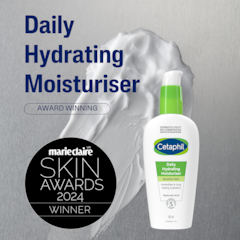
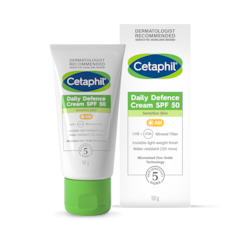

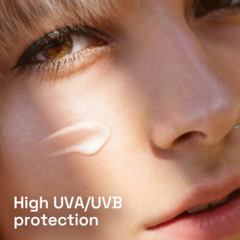
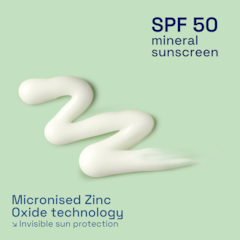
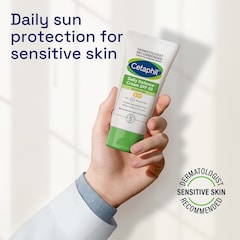

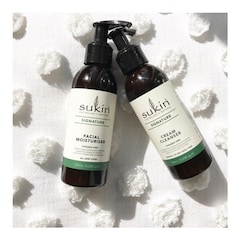
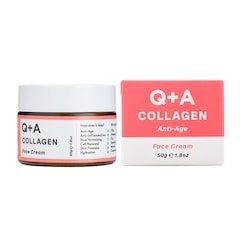
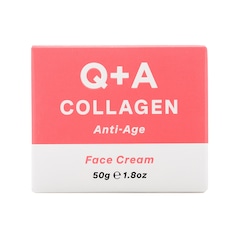

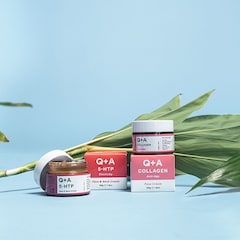
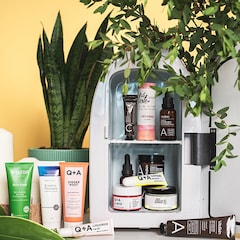
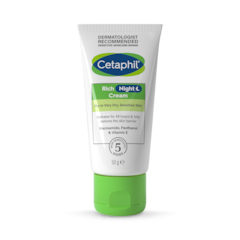
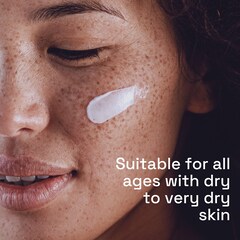
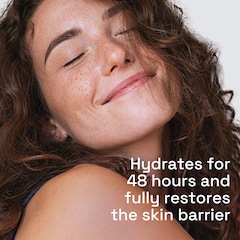
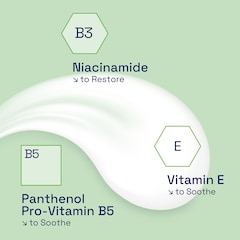
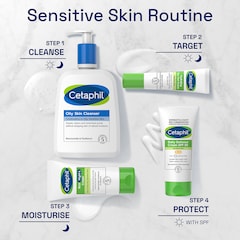
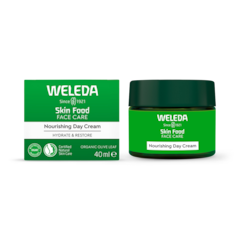
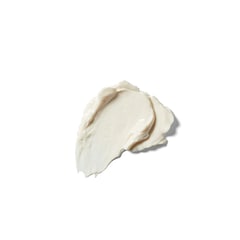
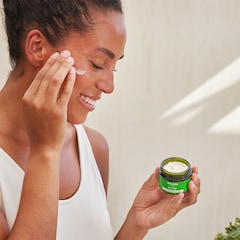
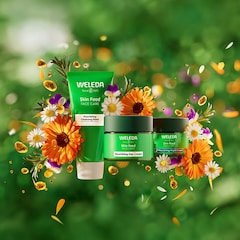
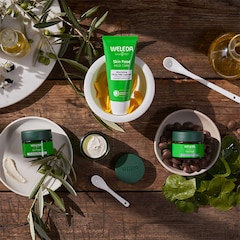
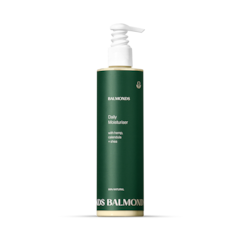
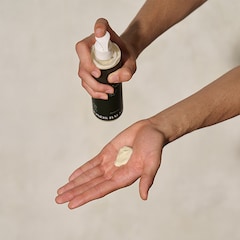
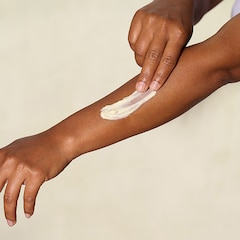
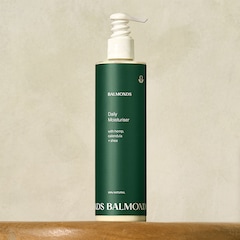
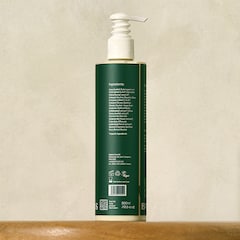
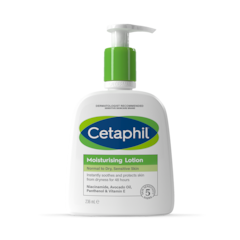
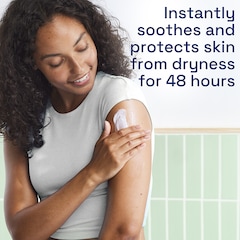
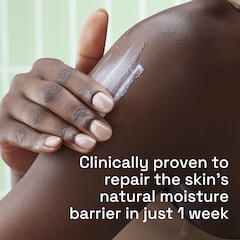
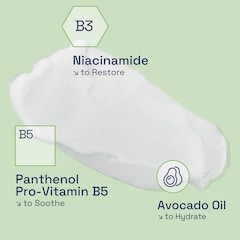
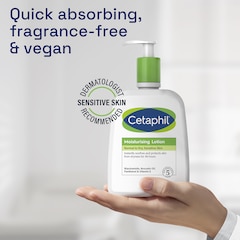
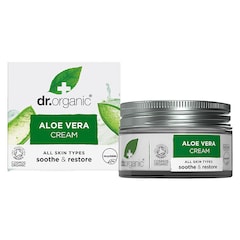
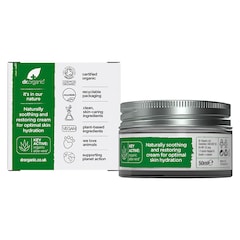
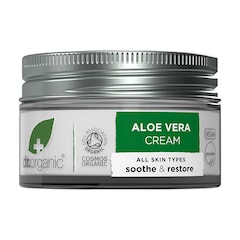
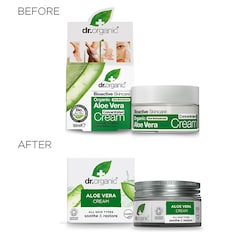

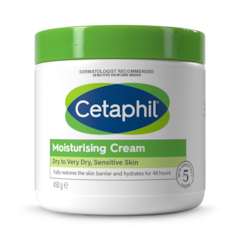
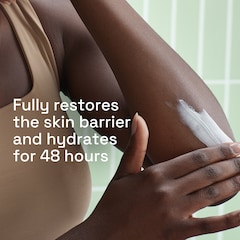
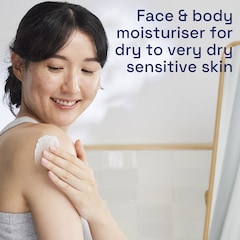
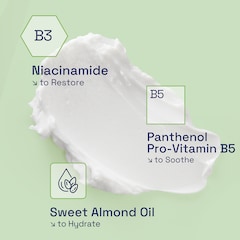
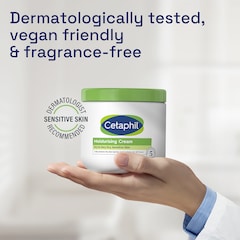
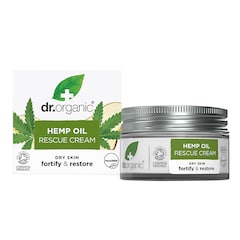

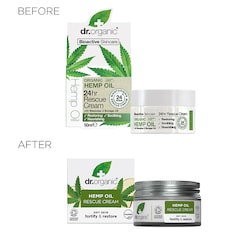
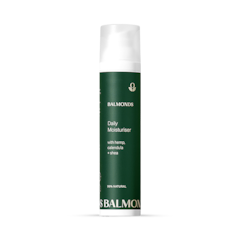
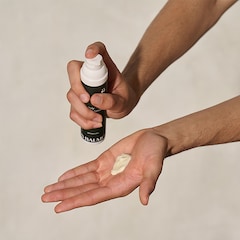

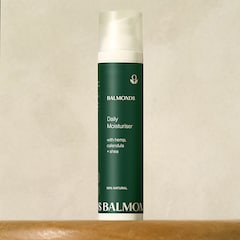
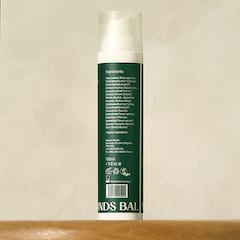

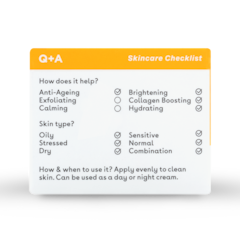
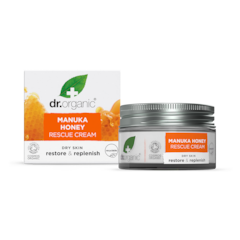
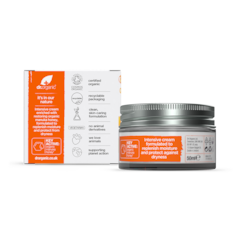
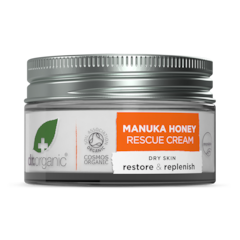
Shop Moisturisers at Holland & Barrett
There is nothing quite like a moisturising body massage, but what about our faces?
Importance of using face moisturiser
Your facial skin is actually much thinner than the skin on the rest of your body. And unlike the body, which we tend to cover in some clothing, the face is exposed to dry wind, the hot sun, UV rays, dirt, and more.
Hence, if you have slightly dry skin, you will often want to use a separate moisturiser for your face.
How and when to use face moisturise
The best time to apply facial moisturiser is morning and night, or after washing your face.
Avoid applying moisturiser to soaking wet skin – first pat yourself dry with a towel. The key is to apply it straight away, rather than an hour or so later when your skin as totally dried. This helps to lock in the moisture, and slightly damp skin tends to absorb products more readily.
A gentle massaging motion when applying the moisturiser can help stimulate circulation and circular strokes can help with puffiness. Otherwise, pat the moisturiser on. Definitely don’t rub it in aggressively!
Be careful to avoid contact with the eyes and broken skin. Ideally you should moisturise daily.
To complement your moisturising routine, go for warm rather than boiling hot showers and pat your face dry rather than rubbing it. Also aim to drink at least eight cups of water daily.
FAQs
Why moisturise your face?
Moisturising doesn’t just combat dryness however. It can be important to generally keep skin looking young and healthy.
Moisturising can help prevent any dryness from developing in the first place and therefore it can also help prevent irritation and the skin annoyances otherwise associated with dry skin.
The top most layer of your skin protects the layers below and it keeps them hydrated.
It is made up of various elements, including fatty acids and ceramides (lipids that help the skin retain moisture). Moisturisers which contain these ingredients therefore can be particularly helpful.
In addition, regularly moisturising can give the skin a gentle sheen and thereby combat some blemishes.
The healthier your skin, the more vibrant your face will look.
Are there any oil free moisturisers?
For oily skin an oil-free moisturiser is good option, though it is worth noting that some types of oils, such as coconut oil, can be beneficial.
Also, people with dry skin can be less concerned about oil in moisturisers, and instead will want to look for ingredients like hyaluronic acid, which plays a role in retaining moisture.
For those with more oily or blemish prone skin, oil-free is a good bet, and the label will often note that.
Your skin still needs hydration, though, in order to get those preventative and long term benefits we noted above.
Sukin Blemish Control Oil Free Moisturiser
Check out Sukin Blemish Control Oil Free Moisturiser which is particularly suitable for oily skin, and contains natural ingredients.
It manages to keep your skin hydrated without adding extra shine, and contains quince, willowherb, and moringa to help refine your skin’s texture.
Willow herb aids in soothing the redness. This cream can be used in the morning and at night.
Are there any oil free moisturisers?
For oily skin an oil-free moisturiser is good option, though it is worth noting that some types of oils, such as coconut oil, can be beneficial.
Also, people with dry skin can be less concerned about oil in moisturisers, and instead will want to look for ingredients like hyaluronic acid, which plays a role in retaining moisture.
For those with more oily or blemish prone skin, oil-free is a good bet, and the label will often note that.
Your skin still needs hydration, though, in order to get those preventative and long term benefits we noted above.
Sukin Blemish Control Oil Free Moisturiser
Check out Sukin Blemish Control Oil Free Moisturiser which is particularly suitable for oily skin, and contains natural ingredients.
It manages to keep your skin hydrated without adding extra shine, and contains quince, willowherb, and moringa to help refine your skin’s texture.
Willow herb aids in soothing the redness. This cream can be used in the morning and at night.

